For every canoe trip I’ve been on, I’ve planned 10 more. Maybe that seems excessive, like I’m wasting time or not tripping enough. Okay, the latter is probably always true. But to me it’s not excessive when I get so much enjoyment out of just looking at maps.
I get laughed at every year when I’m asked what I want for Christmas. Maps of canoe trip areas are always onthe list. In the map drawer of my gear closet there are lots of maps of places I’ve yet to go. Some I have no intent of going anytime soon, maybe never. But that doesn’t stop me from taking the maps out once in a while and planning new routes; for future trips, I think, or maybe just to have something to dream about by the woodstove in February.
Losing our way: Map reading skills are on the decline
According to a recent poll conducted by Ordnance Survey, three-quarters of adults in the United Kingdom can’t read a map. The other quarter must be canoe trippers, like me.
It begs the question, what do maps look like to people who can’t read them?
I’m willing to bet what the poll actually meant was that people can’t use maps anymore, at least not independently. We still use maps in the sense that we have GPS devices showing us the map and telling us how to get there. But how many people can do the navigating themselves? I think wilderness trippers are probably the few remaining folks who can.
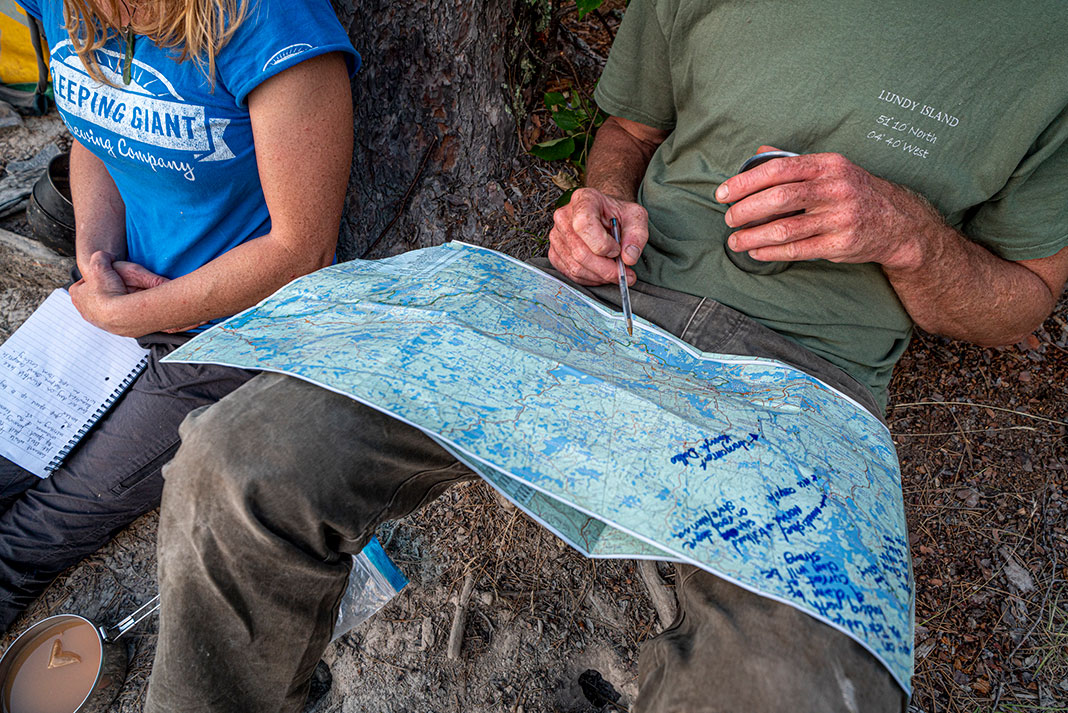
The ultimate choose your own adventure
If map reading is a lost art, so must be map dreaming. If you can’t read a map, why would you look at a map? And if you aren’t looking at maps, how else do you dream up paddling adventures?
I know reading trip reports and guide books is a popular way to plan trips, but I much prefer to look at maps first.
I want to scan maps for myself and see potential routes jump out at me. I want to spend time wondering about that lake or that portage. I want to stitch together a route that makes sense to me. It feels more personal that way, a dream I cooked up and not one served to me. Thanks anyway, Google. It is more magical when I actually get out there and see the places I wondered about. Even if those places end up being quite different from how they appeared to be on the map. Or in my mind.
My last canoe trip, I spent a lot of time beforehand wondering about this 2.4-kilometer low-maintenance portage we’d be undertaking in the middle of the fourth day. Turns out, the portage was in fine condition. It was a little overgrown in places but was easy enough to follow. It was the 50 meters before the portage that was the problem.
A light snow year and hot, dry spring had left the edges of the pond a thick, sludgy, gooey mess. We could neither paddle through nor walk on top. To make matters worse, it was starting to rain and we could hear thunder rumbling in the distance.
The unfortunate person in the bow of the first canoe—me—quickly deduced through science—firsthand experience—that while standing or walking caused you to sink up to your waist, by running you could stay on top of the sludge. Mostly. There is video evidence of the whole ordeal, which is already being pulled out every time this story is retold. Which is often—it’s the part of the trip we talk about the most. But the map had said nothing about this tricky take-out.
Maps tell us enough—but not everything
As Jeff McMurtie, cofounder of the camping map company Jeff’s Maps and now Unlostify, put it in his TED Talk, “Your opportunities are limited by the knowledge you have. If you don’t know something, then you can’t do it.”
That’s a pretty good argument for why maps are important. Jeff and his maps provide us with the knowledge we need to make trips happen.
But the other good things about maps, Jeff, is that they don’t tell us everything. Because if we did know certain things about a route, we might not do it. Like, say, if we knew a certain unnamed pond was full of muck instead of water. I’m glad maps don’t tell us everything. Maps leave just enough to imagination, wonder and true adventure.
Digital editor Marissa Evans is filling in for Kaydi Pyette as editor of Paddling Magazine.
“Go confidently in the direction of your dreams and live the life you have imagined.” —Henry David Thoreau | Feature photo: David Jackson


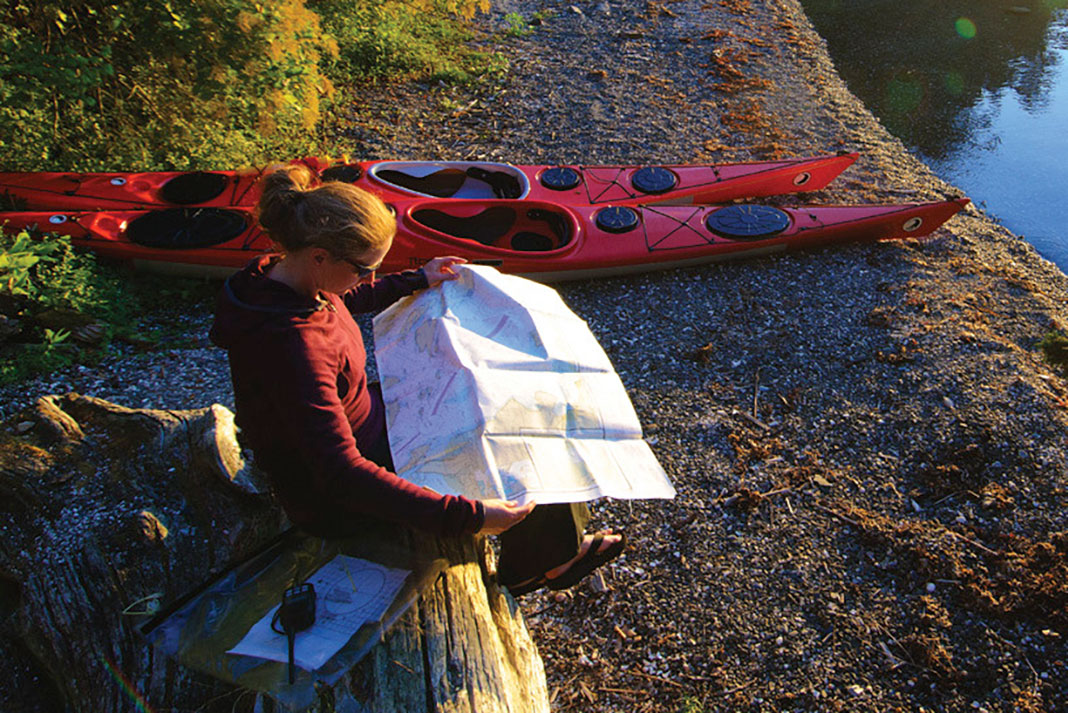
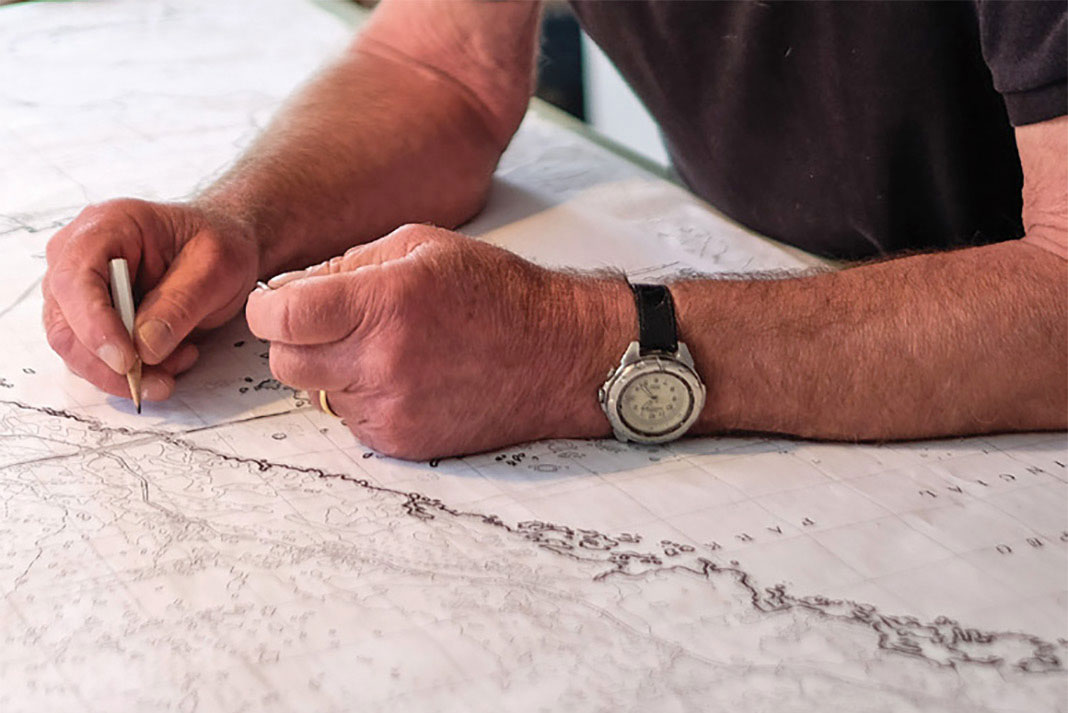
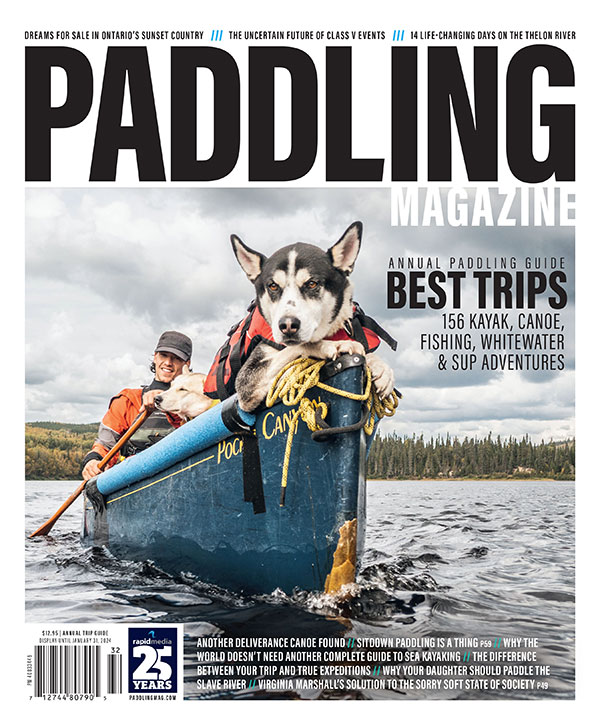 This article was first published in the 2023 Paddling Trip Guide.
This article was first published in the 2023 Paddling Trip Guide. 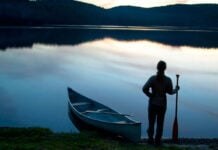
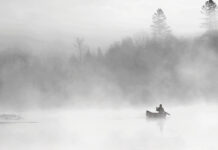
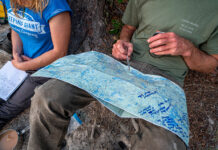
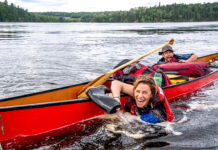
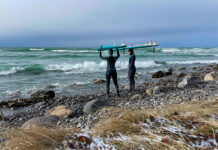

I share the same affliction. Drives my husband crazy, but I often have what we need when we need it.